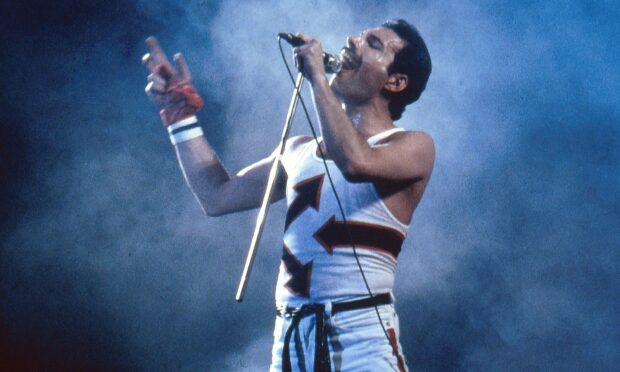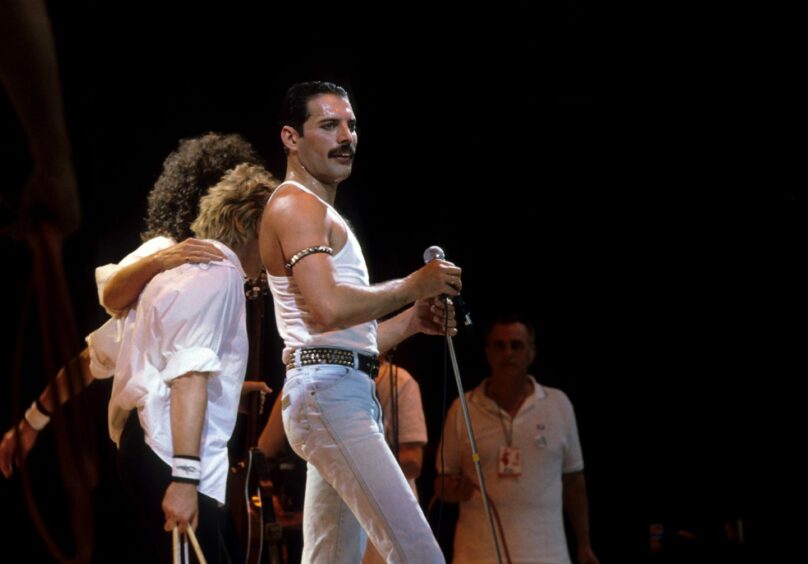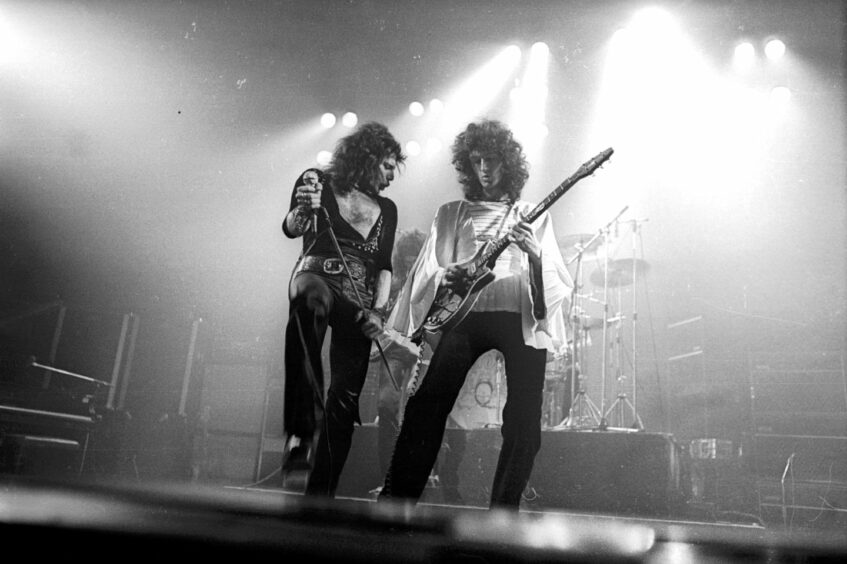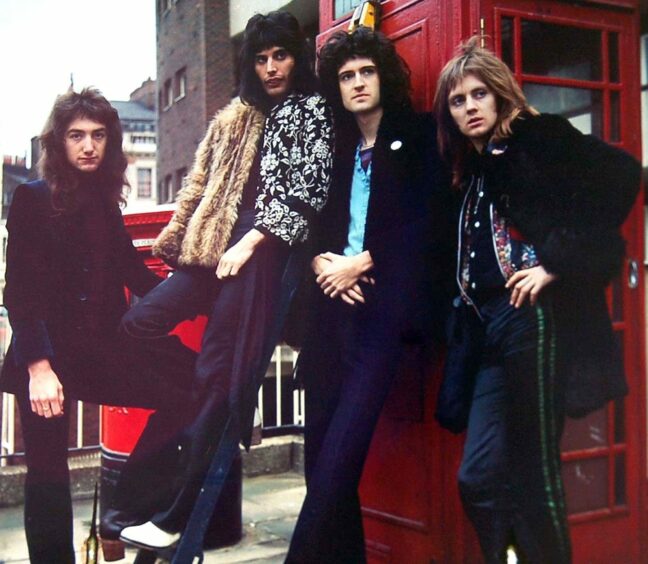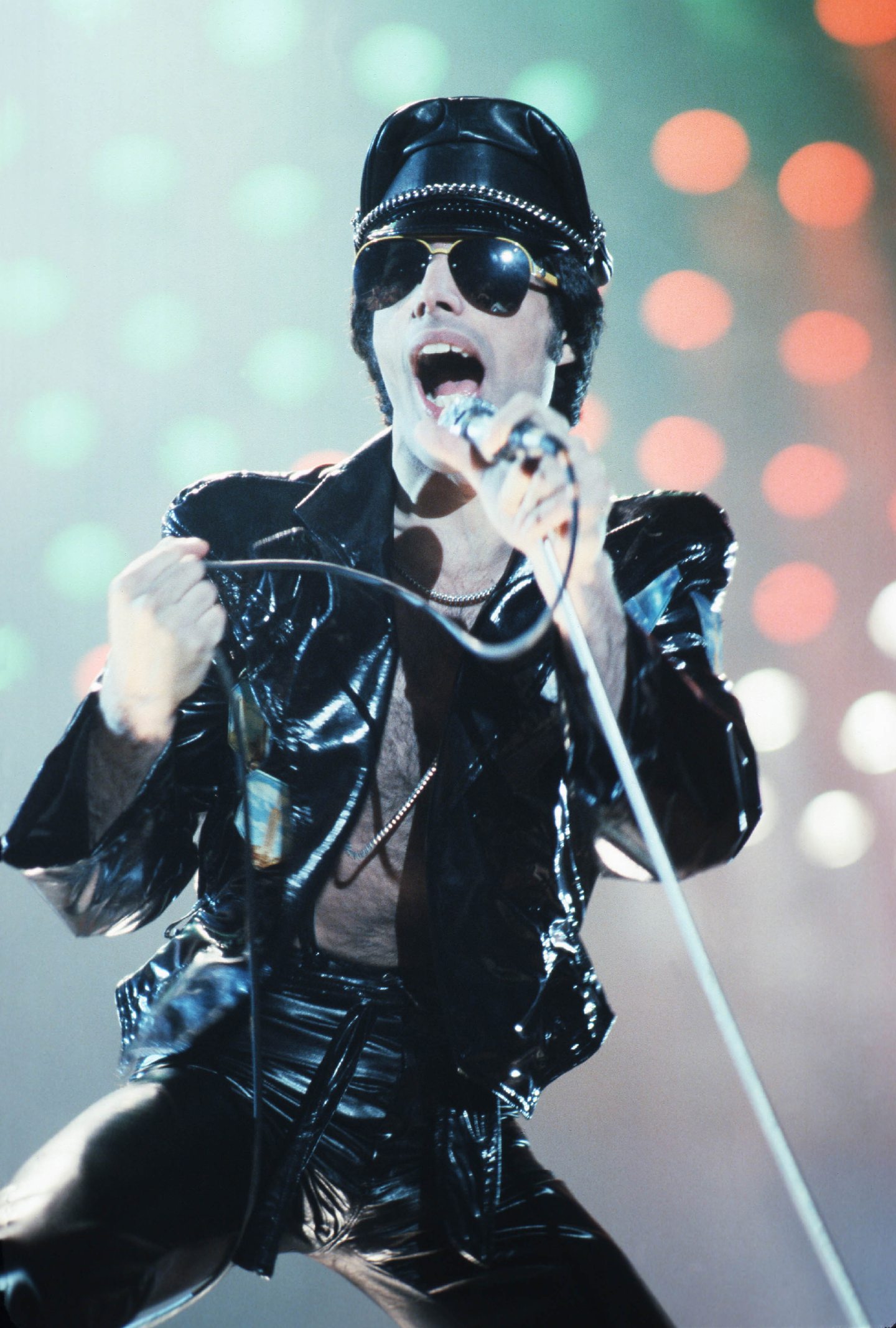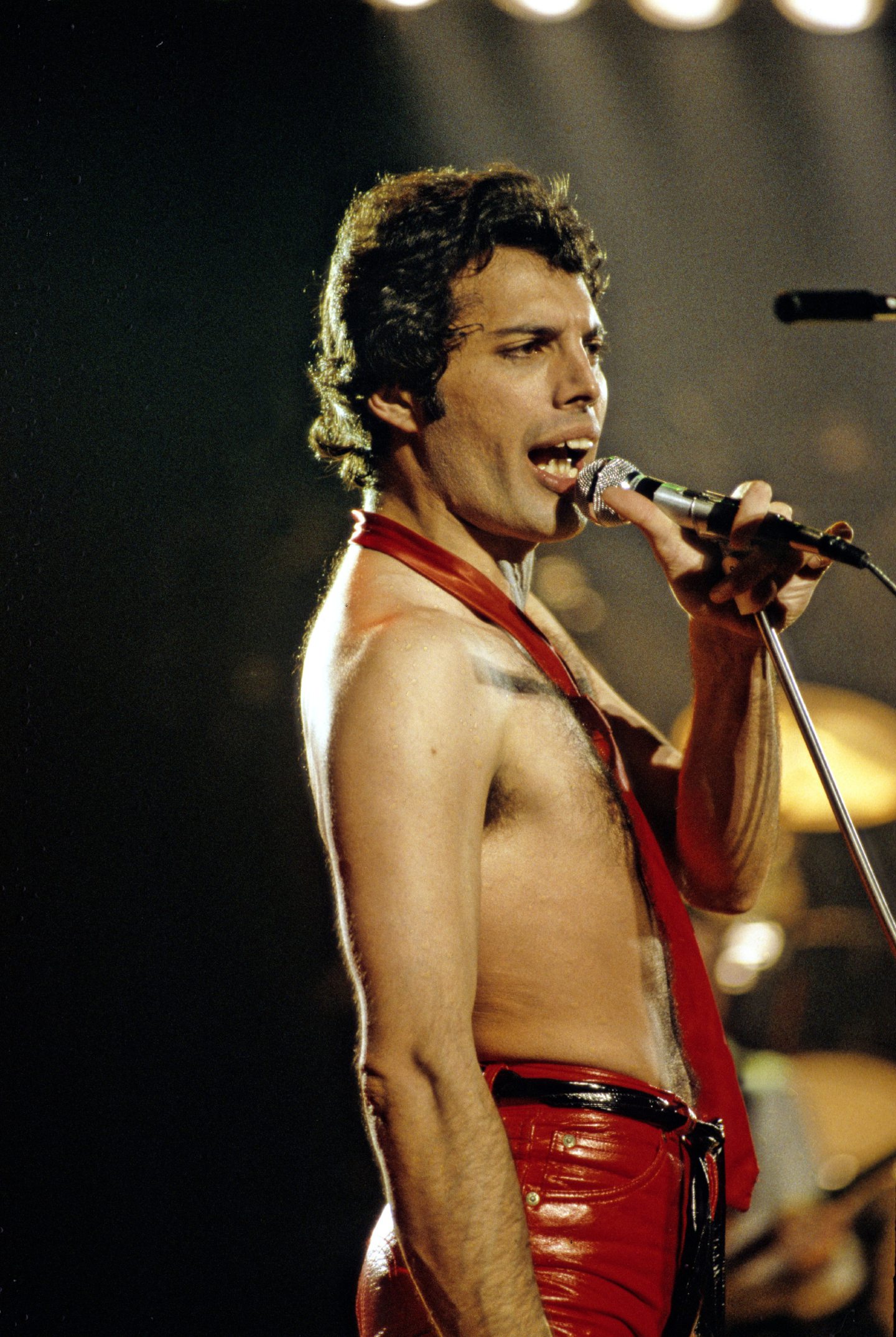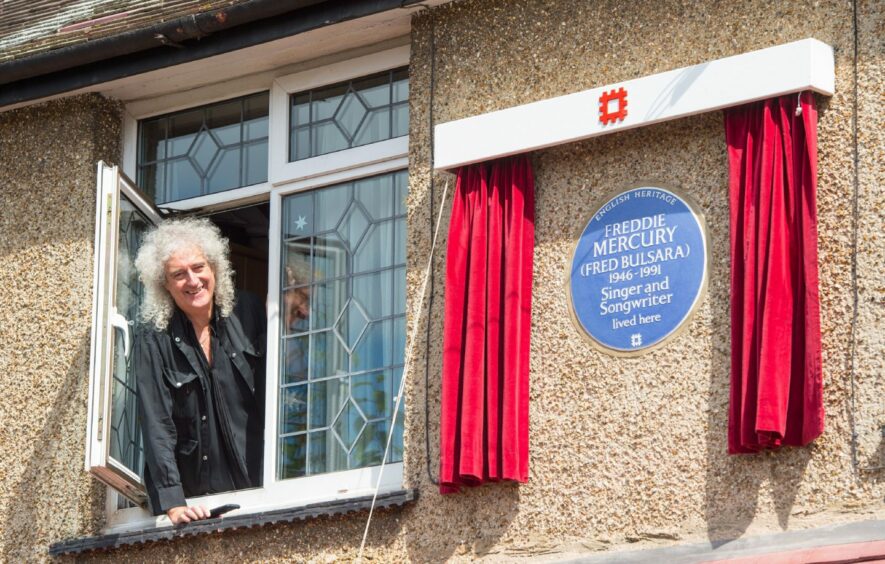He was The Greatest Showman, the larger-than-life extrovert who brought generous dollops of vim, va va voom and vocal pyrotechnics to the pop world.
There can’t be anybody who hasn’t, at some point or another, heard Freddie Mercury, in his pomp, singing We Are The Champions, Don’t Stop Me Now, A Kind Of Magic or taking the lead with Queen on Bohemian Rhapsody.
At the height of his powers, in the late 1970s, the band had a licence to print money, such was their ability to create a conveyor belt of hits – and Freddie was always there in the limelight, captivating audiences and bringing an unforgettable joie de vivre to such events as Live Aid at Wembley in 1985.
Yet, sadly, the man who was born Farrokh Bulsara in Zanzibar in 1945 fell victim to bronchopneumonia as a complication of Aids and died in November 1991.
He was just 45 and the news sparked grief across the globe.
But, even though he was gone too soon, he left plenty of memories behind.
Having studied and written music for years, he formed Queen in 1970 with guitarist Brian May and drummer Roger Taylor, and wrote numerous hits for the group, including Killer Queen, Bohemian Rhapsody, Somebody to Love – which he dedicated to Aretha Franklin – and Crazy Little Thing Called Love.
His charismatic stage performances often saw him interact with the audience, and the charisma was on full display at Live Aid.
I never have a single day without thinking about Freddie.”
Brian May
He also led a successful solo career and served as a producer and guest musician for other artists.
Freddie was never happier than when he was on stage and was in full throttle when Queen visited Aberdeen for a spellbinding gig at The Capitol in 1975.
The band were at the top of the charts with the epic Bohemian Rhapsody, but even many of their fans wondered how they would recreate it in a live venue.
They soon supplied the answer and sparked raucous applause at the venue.
Just as with Mick Jagger and the Rolling Stones, everybody’s eyes were principally focused on the man with the microphone, while the rest of the group concentrated on nailing the instrument parts and mastering their solos.
Doug Anderson, an aviation agent at Aberdeen International Airport, was in the audience for that Capitol concert and recalled how the singer’s tour de force made a massive impact on all those who had bought their tickets.
There are music acts and hit bands, then there are true entertainers for the ages – and there was never any doubting in which category Freddie belonged.
Doug said: “Freddie was wearing this black-and-white harlequin suit and he walked down to the front of the stage with a basket of red roses.
“He started throwing them out into the crowd, saying: ‘Thank you, my lovelies’. That was typical Freddie Mercury, it was excellent.
“The audience were just lapping it up and that is my main memory of the night.
“Freddie was the ultimate frontman. The whole thing was just a spectacle.”
All through the 1970s and 1980s, he was renowned for his flamboyant stage persona and four-octave vocal range.
And Freddie defied the conventions of a rock frontman, with his highly theatrical style influencing the artistic direction of Queen.
Barcelona became a huge hit
His first major collaboration outside of Queen was with Dave Clark for the recording of London’s West End musical Time, in 1986.
He followed that up by recording an album with Spanish opera giant Montserrat Caballe and the LP’s title song, Barcelona, subsequently became an anthem for her home city and the theme for the Olympics in 1992.
But, by that point, Freddie had already gone.
He had earned himself a veritable army of fans, but there were increasing concerns about his health after he began to look gaunt and generally unwell in the late ’80s.
Not quite a shadow of his old self, but while there were still shards of showbusiness pizzazz in his routines, they happened less frequently.
Finally, and confirming what many had long suspected, he announced on November 23 1991 that he was suffering from Aids and there was no overstaying his welcome or encores on this occasion.
Just 24 hours later, came the announcement of his death.
Brian May and his fellow Queen members were as shocked as anybody else. They had known Freddie was ill but his demise was still crushing to them.
He recently recalled: “We were completely blown out of the water.
“We just sat there in disbelief, and we didn’t get over it for a very long time – I’m not even sure we’re over it now – but there was a two-year period where we were grieving and behaving irrationally, almost denying the existence of Queen.
“But you do get over it, and we got to the point where it now seems like Freddie is with us.
“It doesn’t seem like he left any more, because he’s in everything we do. I never have a single day without thinking about Freddie.”
Not too many rock figures have their stories told in a major film, but Freddie’s career with Queen was dramatised in the 2018 biopic Bohemian Rhapsody.
It was hugely popular and Rami Malek’s terrific portrayal of Freddie earned him an Oscar – one of several prizes lavished on the movie.
But there again, as Malek openly admitted, he had plenty of dazzling material and lashings of star power to work with.
More like this:
The wind beneath his Wings: How Scotland inspired Paul McCartney after The Beatles split
Scots tape: The story of the only recording of Led Zeppelin’s 1971 Dundee gig
